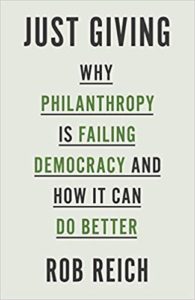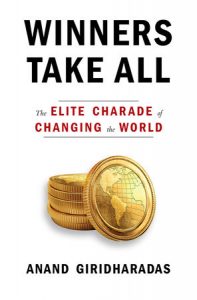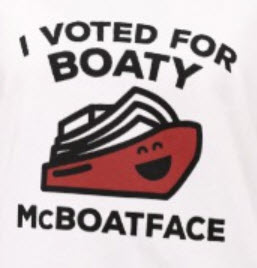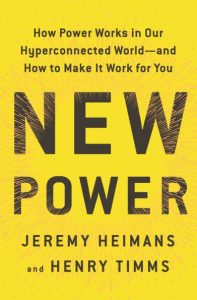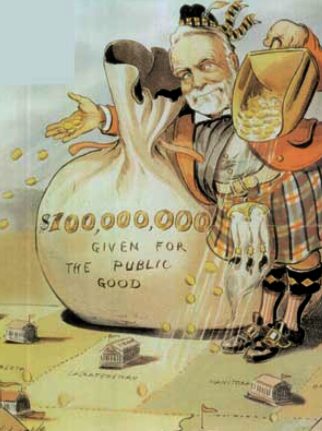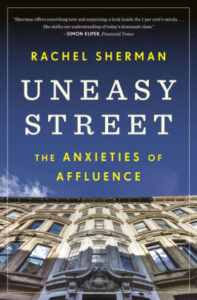 We talk about “the 1 percent” a lot in our line of work. Yesterday, the HBG Book Club met to talk about chapter one of Uneasy Street; The Anxieties of Affluence by sociologist Rachel Sherman, and what spurred most of our conversation was the ambivalence high net worth people had toward their wealth.
We talk about “the 1 percent” a lot in our line of work. Yesterday, the HBG Book Club met to talk about chapter one of Uneasy Street; The Anxieties of Affluence by sociologist Rachel Sherman, and what spurred most of our conversation was the ambivalence high net worth people had toward their wealth.
In the book, Sherman interviewed wealthy Manhattan-ites to learn their attitudes towards their wealth and what they felt it means to be considered wealthy. She recognized a distinct pattern over time, and shares two distinct categories she observed depending on how people spoke about their wealth: upwardly- and downwardly-oriented attitudes.
The “downward-oriented” wealthy share an unease with having so many resources in a time of stark income disparity. Sherman found that this group are more likely to have inherited their wealth or have come from more modest origins. Most are not in a high-pressure earning environment. More liberal politically than the upwardly-oriented, people in this group are be more likely to mix with a more racially and income diverse group of friends. We posited that people with these attitudes might fall into the shirtsleeves-rolled-up volunteer-donor category.
The “upwardly-oriented” wealthy, she wrote, tend toward the attitude of “sure, I’m comfortable, but not like that guy. He’s really wealthy. I’m middle class compared to him.” There aren’t many inheritors in this group; they tend to be earners who make their money in finance, real estate, business, or corporate law. More conservative politically than the downwardly-oriented, their charity involvement may be less hands-on and more focused on opportunities to network with others.
As we were discussing this chapter, I was thinking about what it actually means to be a one-percenter, and if the attitudes of Manhattan one-percenters toward their money are the same as Mercer Island’s, or England’s, or if each locale’s attitude is like Darwin’s finches – unique to that island.
Naturally, I decided to do some research to see what it means to be a one-percenter elsewhere than New York City. Unsurprisingly, it really depends on your geography. Someone working in a senior leadership position in a large nonprofit in New York, Boston, or San Francisco would probably qualify as a one-percenter in Arkansas, where in 2017 the bar was set at annual income of $237,428.
Before seeing the article, I had assumed that NYC would be the top, but Connecticut actually beat out New York by a mile, $659,979 to $517,557. Even New Jersey got New York’s upper hand, at $547,737. What’s also fascinating to see in the article is that the average annual income for members of the one percent in each state is usually much, much higher than the threshold.
What we discussed in our book club was being aware of these geographic differences and, as always, understanding the context of where our prospects are in their life – living in an aspirational neighborhood with two kids in private school, or two-income, childless and nearing retirement. Taking Sherman’s observations into consideration as well – whether prospects are upwardly- or downwardly-oriented – may also provide us with help as we plan how to involve and steward major donors and volunteers.
Are you reading this book as well? I’d love to hear your thoughts in the comments.
